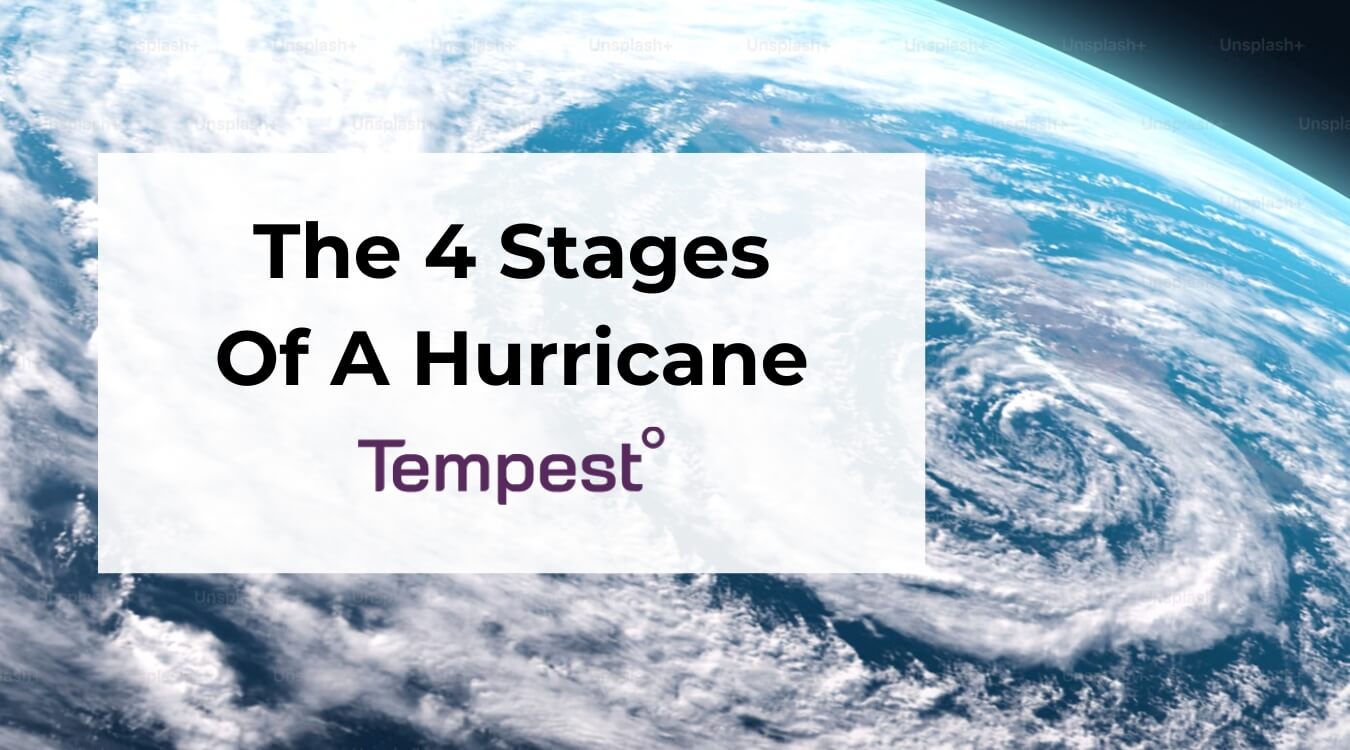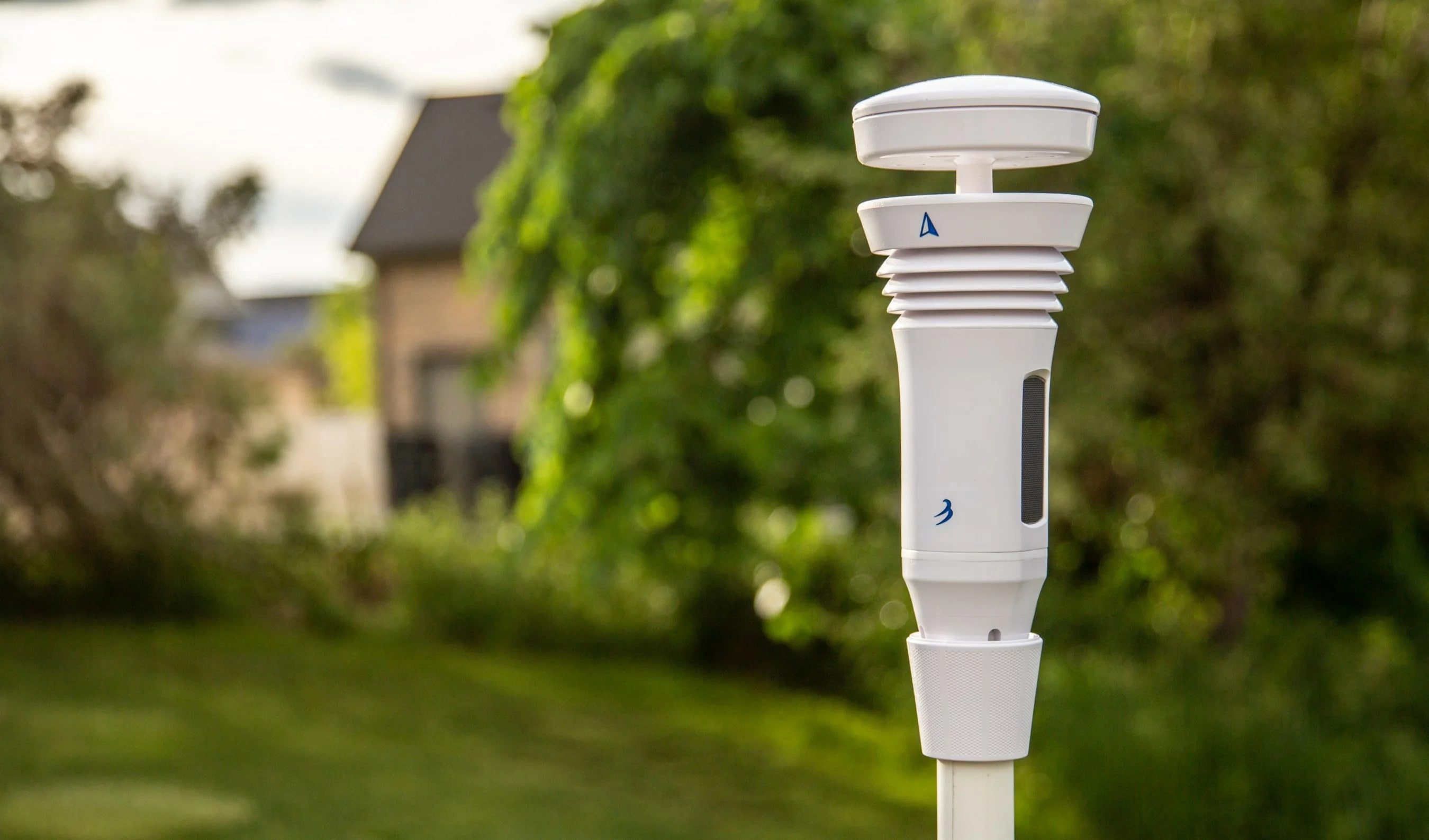Hurricanes can unleash devastating winds, flooding, and storm surges, but how does a hurricane form? What causes hurricanes?
Understanding hurricane formation helps us better prepare for these powerful storms and the risks they bring. In this guide, we’ll break down the science behind what conditions are necessary for a hurricane to form, the stages of development, and why warm ocean waters are the fuel behind these massive systems.
How Do Hurricanes Form?
Hurricanes begin as clusters of thunderstorms over warm ocean waters. To transform into a tropical system, five key ingredients must align:
- Warm ocean water: Ocean surface temperatures of at least 80°F provide the energy.
- Moist air: High humidity in the lower and middle atmosphere feeds storm growth.
- Converging winds: Winds from different directions push air upward.
- Low wind shear: Minimal changes in wind speed or direction allow storms to organize.
- Earth’s rotation: The Coriolis effect helps storms spin into circulation.
When these factors work together, a disturbance can grow into a tropical cyclone.
Stages Of A Hurricane
Meteorologists recognize a hurricane’s development in four main stages:
- Tropical Disturbance: A cluster of thunderstorms forms over warm seas.
- Tropical Depression: Winds organize, reaching up to 38 mph.
- Tropical Storm: With winds from 39–73 mph, the system earns a name.
- Hurricane: Winds exceed 74 mph, and the center of the storm (eye) and eyewall become distinct.
The intensity of a hurricane is measured on the Saffir-Simpson scale, which ranges from Category 1 (minimal damage) to Category 5 (catastrophic impacts).
Hurricanes bring heavy rainfall, but how much rain is a lot of rain outside of hurricanes? Learn about that in our blog!
Where Do Hurricanes Form?
Most hurricanes form over warm tropical oceans in the Western Hemisphere (the North Atlantic Ocean, the Caribbean Sea, the Gulf, and in the eastern and central North Pacific east of the date line). Many Atlantic systems originate in the Main Development Region between northwest Africa and the Caribbean, where long fetches of warm water and steady trade winds help disturbances grow. The Atlantic hurricane season runs from June 1 to November 30, when ocean warmth and humidity peak.
Why Do Hurricanes Happen?
Hurricanes happen because warm oceans transfer energy to the atmosphere. As moist air rises and condenses, it releases heat that lowers surface pressure and accelerates inflow, which pulls in more warm, moist air. The storm becomes a self-sustaining heat engine as long as it stays over warm water. Once it moves over land or cooler water, the energy source fades and the storm decays.
Learn how to cancel an event due to severe weather like a hurricane.
Get Accurate Local Rain Forecasts And Wind Readings With The Tempest Weather System
Knowing how a hurricane forms is the first step to staying safe. A personal weather station adds context by showing what is happening at your exact location, from rising winds to intense rainbands.
The Tempest Weather System delivers real-time measurements and AI-enhanced forecasts tailored to your home, so you can compare local readings with official severe weather alerts, time yard prep between bands, and track post-landfall changes as a storm weakens inland. Ready to turn insight into action for the next tropical threat? Shop the Tempest Weather System today!


